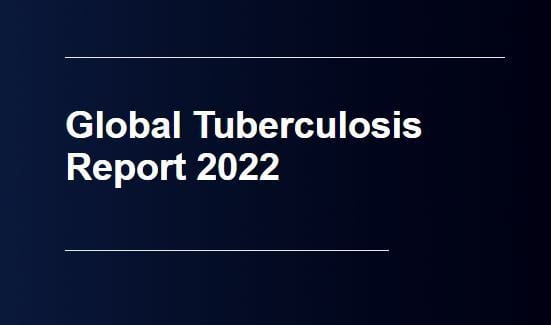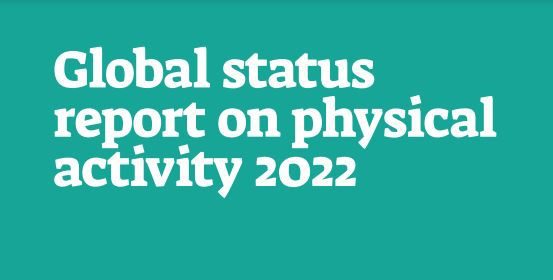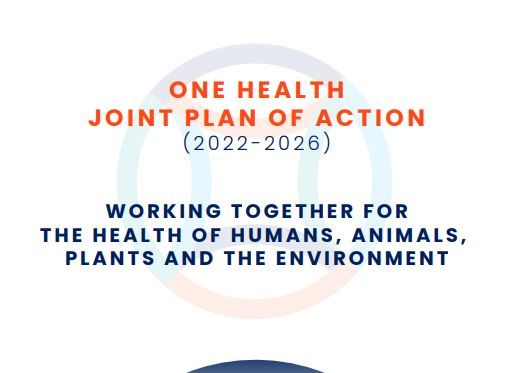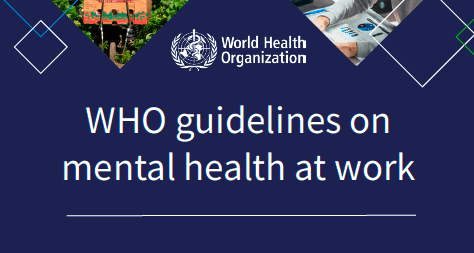Overview
The WHO Global Tuberculosis Report 2022 provides a comprehensive and up-to-date assessment of the TB epidemic, and of progress in prevention, diagnosis and treatment of the disease, at global, regional and country levels. This is done in the context of global TB commitments, strategies and targets.
The 2022 edition of the report is as usual, based primarily on data gathered by WHO from national ministries of health in annual rounds of data collection. In 2022, 202 countries and territories with more than 99% of the world’s population and TB cases reported data.
Please note that direct comparisons between estimates of TB disease burden in the latest report and previous reports are not appropriate. The most recent time-series of estimates are published in this global TB report.
Highlights
- TB case notifications: Big fall in 2020, partial recovery in 2021
- Deaths caused by TB: Global increases in 2020 and 2021
- Number of people developing TB: Global rise in 2021, years of decline reversed
- TB deaths and incidence beyond 2021: Further worsening possible
- Estimation of TB disease burden: New direct measurements needed
Top findings and messages in the 2022 report
- The COVID-19 pandemic continues to have a damaging impact on access to TB diagnosis and treatment and the burden of TB disease. Progress made in the years up to 2019 has slowed, stalled or reversed, and global TB targets are off track.
- The most obvious and immediate impact was a large global drop in the reported number of people newly diagnosed with TB. From a peak of 7.1 million in 2019, this fell to 5.8 million in 2020 (–18%), back to the level last seen in 2012.
- In 2021, there was a partial recovery, to 6.4 million (the level of 2016–2017). The three countries that accounted for most of the reduction in 2020 were India, Indonesia and the Philippines (67% of the global total).
- They made partial recoveries in 2021, but still accounted for 60% of the global reduction compared with 2019. Other high TB burden countries with large relative year-to-year reductions (>20%) included Bangladesh (2020), Lesotho (2020 and 2021), Myanmar
- (2020 and 2021), Mongolia (2021) and Viet Nam (2021).
- Reductions in the reported number of people diagnosed with TB in 2020 and 2021 suggest that the number of people with undiagnosed and untreated TB has grown, resulting first in an increased number of TB deaths and more community transmission of infection and then, with some lag-time, increased numbers of people developing TB.
- Globally, the estimated number of deaths from TB increased between 2019 and 2021, reversing years of decline between 2005 and 2019. In 2021, there were an estimated 1.4 million deaths among HIV-negative people (95% uncertainty interval [UI]: 1.3–1.5 million) and 187 000 deaths (95% UI: 158 000–218 000) among HIV-positive people,a for a combined total of 1.6 million.
- This was up from best estimates of 1.5 million in 2020 and 1.4 million in 2019, and back to the level of 2017. The net reduction from 2015 to 2021 was 5.9%, about one sixth of the way to the first milestone of the WHO End TB Strategy.
- An estimated 10.6 million people (95% UI: 9.9–11 million) fell ill with TB in 2021, an increase of 4.5% from 10.1 million (95% UI: 9.5–10.7 million) in 2020. The TB incidence rate (new cases per 100 000 population per year) rose by 3.6% between 2020 and 2021, reversing declines of about 2% per year for most of the previous 2 decades. The net reduction from 2015 to 2021 was 10%, only halfway to the first milestone of the End TB Strategy.
- The burden of drug-resistant TB (DR-TB) is also estimated to have increased between 2020 and 2021, with 450 000 (95% UI: 399 000–501 000) new cases of rifampicinresistantb TB (RR TB) in 2021.
- Estimating TB disease burden during the COVID-19 pandemic is difficult and relies heavily on country- and region-specific dynamic models for low- and middleincome countries (LMICs). New national populationbased surveys of TB disease and up-to-date cause-ofdeath data from national vital registration systems of high quality and coverage are needed for more accurate estimation in the wake of the pandemic.
- Other negative impacts on TB during the COVID-19 pandemic include a fall between 2019 and 2020 in the number of people provided with treatment for RR-TB and multidrug resistant TB (MDR-TB) (–17%, from 181 533 to 150 469, about 1 in 3 of those in need), with a partial recovery (+7.5%) to 161 746 in 2021; and a decline in global spending on essential TB services (from US$ 6.0 billion in 2019 to US$ 5.4 billion in 2021, less than half of what is needed).
- There is a strong and enduring relationship between TB incidence rates per capita and indicators of development such as average income and undernourishment. Economic and financial barriers can affect access to health care for TB diagnosis and completion of TB treatment; about half of TB patients and their households face catastrophic total costsc due to TB disease. Progress towards universal health coverage (UHC), better levels of social protection and multisectoral action on broader TB determinants are all essential to reduce the burden of TB disease.
There are some positive findings and success stories.
- Globally, the success rate for people treated for TB in 2020 was 86%, the same level as 2019, suggesting that the quality of care was maintained in the first year of the COVID-19 pandemic.
- In the WHO African Region, the impact of COVIDrelated disruptions on the reported number of people newly diagnosed with TB was limited. There was a relatively small decrease (–2.3%) from 2019–2020 and an increase in 2021.
- Following large falls in 2020, the reported number of people newly diagnosed with TB in 2021 recovered to 2019 levels (or beyond) in five high TB burden countries: Bangladesh, the Congo, Pakistan, Sierra Leone and Uganda.
- The global number of people provided with TB preventive treatment recovered in 2021, to close to 2019 levels, and the global target for provision of treatment to people living with HIV was surpassed.
- Three high TB burden countries have reached or passed the first milestones of the End TB Strategy for both reductions in TB incidence and TB deaths: Kenya (in 2018), the United Republic of Tanzania (in 2019) and Zambia (in 2021). Ethiopia is very close.
- Intensified efforts backed by increased funding are urgently required to mitigate and reverse the negative impacts of the COVID-19 pandemic on TB. The need for action has become even more pressing in the context of war in Ukraine, ongoing conflicts in other parts of the world, a global energy crisis and associated risks to food security, which are likely to worsen some of the broader determinants of TB.
Recommended readings
- GLOBAL TUBERCULOSIS REPORT 2021
- Global Tuberculosis Report 2020
- Global Tuberculosis Report 2019: Latest status of the tuberculosis epidemic
- Global Tuberculosis Report 2018
- WHO Global Tuberculosis report 2015
- Global tuberculosis report 2014: Improved data reveals higher global burden of tuberculosis
- National Tuberculosis Programme Annual Report 2018
- National Tuberculosis Program Update in Nepal #WorldTBDay #EndTB
- National TB Prevalence Survey, 2018-19 Key findings
- World Tuberculosis Day 2020! It’s time to End TB!
- National Guideline on Drug Resistant TB Management 2019, Nepal
- National Tuberculosis Management Guideline 2019, Nepal
- Global Tuberculosis Report 2019: Latest status of the tuberculosis epidemic
- National TB Prevalence Survey, 2018-19 Key findings
- New WHO recommendations to prevent tuberculosis aim to save millions of lives
- World Health Organization (WHO) Information Note Tuberculosis and COVID-19
- World Tuberculosis Day 2020! It’s time to End TB!
- People-centred framework for tuberculosis programme planning and prioritization, User guide
- Global Tuberculosis Report 2019: Latest status of the tuberculosis epidemic
- Dissemination of Findings and Recommendations of Joint External Monitoring Mission(JEMM) of Nepal National Tuberculosis Program
- National Tuberculosis Programme Annual Report 2018
- National Strategic Plan for Tuberculosis Prevention, Care and Control 2016 – 2021
- NTP, Nepal: New TB Treatment Algorithm & Regimen (Updated)
- WHO announces landmark changes in MDR-TB treatment regimens
- TB Vaccine results announce a promising step towards ending the emergency
- 7 million people receive record levels of lifesaving TB treatment but 3 million still miss out












